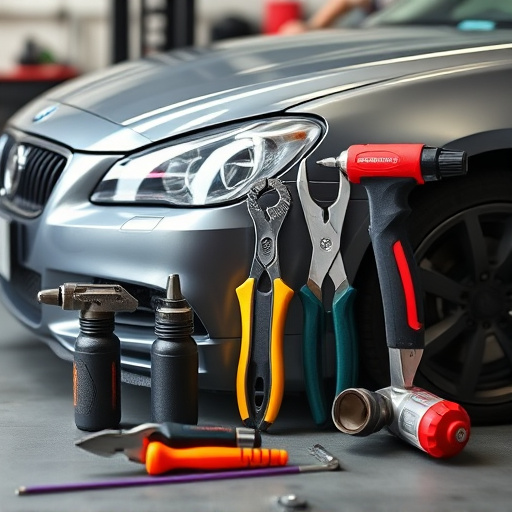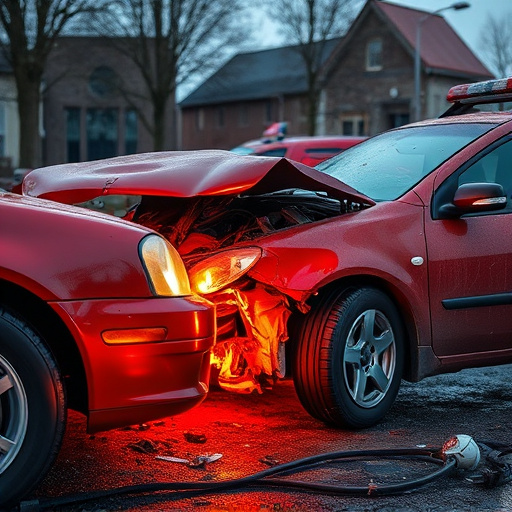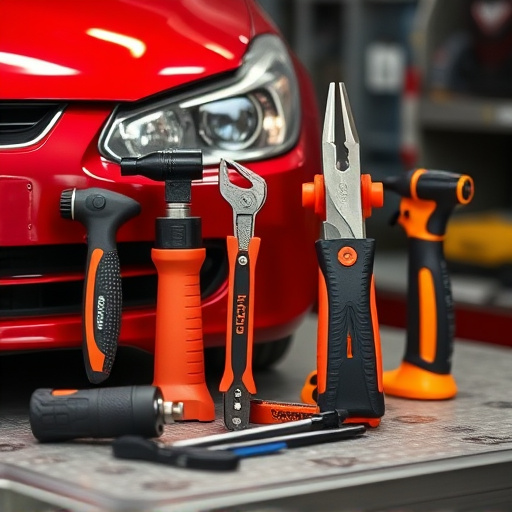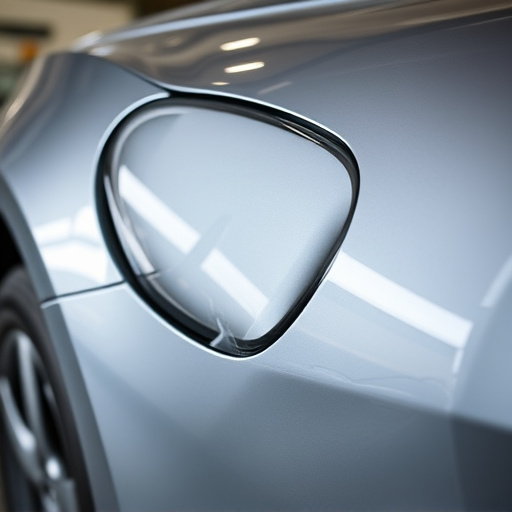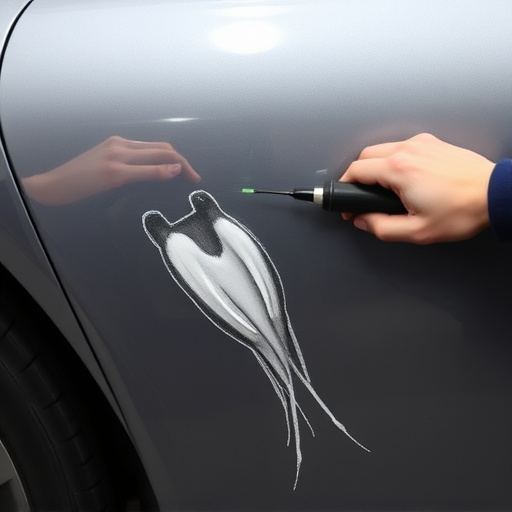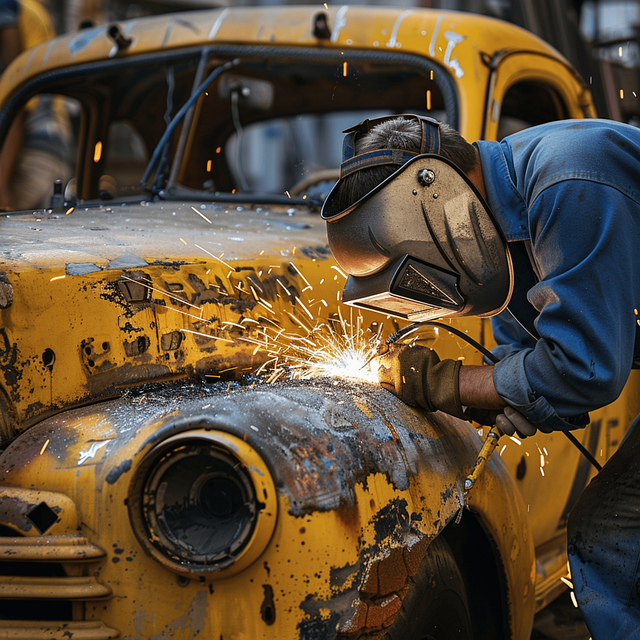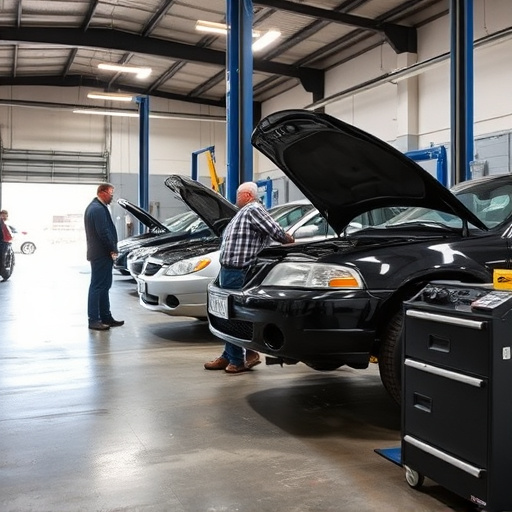Mercedes ADAS calibration is a vital process that ensures the optimal performance of Advanced Driver Assistance Systems, such as Lane Keep Assist and Adaptive Cruise Control, in Mercedes vehicles. Regular calibration, especially after collisions or significant bodywork changes, uses specialized tools by experienced technicians to maintain component harmony, enhancing safety features for a smoother driving experience. Proper maintenance by auto collision repair experts is crucial for safety, vehicle performance, and resale value.
Mercedes ADAS calibration is a critical process ensuring the optimal performance of advanced driver-assistance systems (ADAS). This article delves into the intricacies of Mercedes ADAS calibration, highlighting its pivotal role in maintaining lane assist and cruise control functions. By understanding the significance of calibration and implementing best practices, drivers can leverage these life-saving features effectively. Explore essential steps to guarantee accurate Mercedes ADAS calibration for enhanced safety and driving experience.
- Understanding Mercedes ADAS Calibration
- The Role of Calibration in Lane Assist and Cruise Control Functions
- Best Practices for Ensuring Accurate Mercedes ADAS Calibration
Understanding Mercedes ADAS Calibration
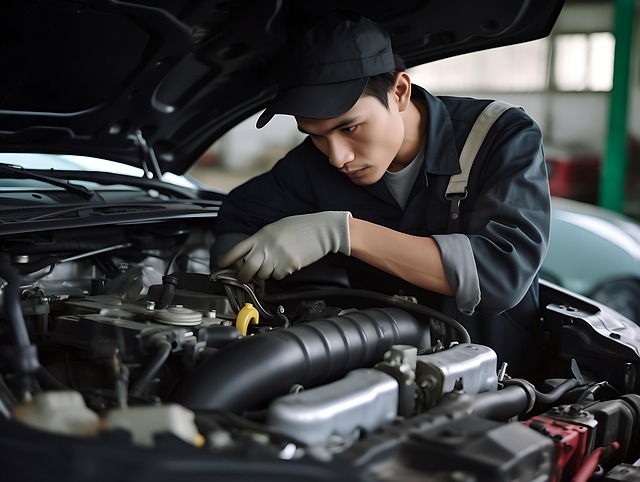
Mercedes ADAS calibration is a critical process that ensures the optimal performance of Advanced Driver Assistance Systems (ADAS) in Mercedes vehicles. This intricate procedure involves fine-tuning and adjusting various sensors, cameras, and radar systems to enhance safety features like Lane Keep Assist and Adaptive Cruise Control. A well-calibrated ADAS system not only improves vehicle stability but also provides drivers with a more accurate and responsive experience.
Regular calibration is essential to maintain these advanced technologies, particularly after any automotive collision repair or significant vehicle bodywork modifications. An experienced automotive body shop technician uses specialized tools to perform the calibration, ensuring that every component functions in harmony. This meticulous process guarantees that Mercedes’ safety features operate at peak efficiency, contributing to a smoother and safer driving experience for all.
The Role of Calibration in Lane Assist and Cruise Control Functions

The Mercedes ADAS calibration plays a pivotal role in ensuring the optimal performance and safety of lane assist and cruise control systems. These advanced driver-assistance systems (ADAS) are designed to enhance driving experience and reduce accidents, but their effectiveness heavily relies on precise calibration. During calibration, specialized tools adjust and fine-tune various sensors and cameras, allowing the system to accurately perceive and interpret its surroundings. This process is crucial for lane keep assist, which guides vehicles within their lanes, and adaptive cruise control, which maintains a safe distance from other cars.
Proper Mercedes benz repair involving ADAS calibration guarantees that these features function seamlessly. Auto collision repair experts use advanced techniques to calibrate sensors after any impact or adjustment, ensuring the systems can accurately detect road markings, traffic signs, and neighboring vehicles. Regular auto bodywork maintenance that includes ADAS calibration not only preserves the safety features of a Mercedes vehicle but also enhances its overall performance and resale value.
Best Practices for Ensuring Accurate Mercedes ADAS Calibration

Maintaining accurate Mercedes ADAS calibration is paramount to ensuring the safety and reliability of your vehicle’s lane-keeping and cruise control systems. Here are some best practices to help you keep these advanced driver-assistance systems (ADAS) functioning optimally:
1. Regular Checks: Schedule routine inspections at a trusted collision center or car body restoration shop to verify the system’s performance. These professionals have the specialized tools to calibrate the sensors and cameras accurately, ensuring precise tracking and response from your Mercedes’ ADAS features.
2. Professional Calibration: Avoid attempting self-calibration unless you possess the necessary expertise. Improper calibration can lead to false readings and compromise the systems’ effectiveness. Always opt for professional services that utilize industry standards and certified technicians to prevent any potential fender repair or car body restoration issues caused by incorrect calibration.
Mercedes ADAS calibration is a critical process that ensures the precise functioning of advanced driver-assistance systems, particularly Lane Assist and Cruise Control. Regular and meticulous calibration not only enhances safety but also optimizes vehicle performance. By following best practices, such as using high-quality sensors and maintaining regular updates, you can guarantee accurate readings and reliable operations, ultimately improving the overall driving experience for Mercedes owners.
